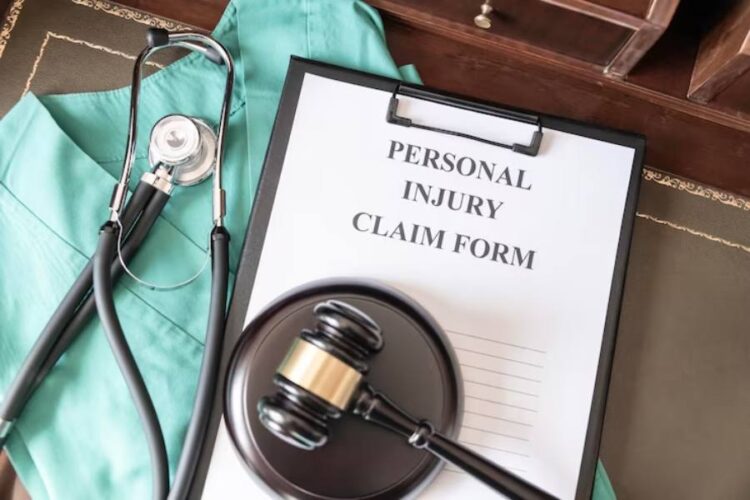Accidents can have a huge impact on a victim’s finances. Aside from the increasing medical bills and a reduced earning potential, there is also property damage if you are in a car accident. In the context of personal injury, these monetary expenses and losses are called economic damages.
However, recoverable damages after an accident extend beyond economic damages, which usually form the bulk of the compensation awarded. Non-economic damages are much harder to quantify and prove, which is where the services of an experienced attorney, like Arizona personal injury lawyer Jeffrey Phillips, come in handy. This article delves deep into non-economic damages and can be helpful if you have been hurt in an accident and intend to file a claim in Arizona.
What Is Pain and Suffering?
Pain and suffering fall under non-economic damages in a personal injury lawsuit. The term refers to the physical pain in an accident and also covers collective pain from the time of the accident until you no longer suffer pain, as long as it links directly to the accident. For example, if you are cycling and are hit by a negligent driver and suffer broken bones, cuts, and bruises, the physical pain you suffer in the accident will count as pain and suffering. If, in the case of treatment, you are required to undergo surgeries, the pain you suffer as a result will also count. In some cases, you could end up having to live with chronic pain, which would also be considered in the valuation of your pain and suffering damages.
Valuing Pain and Suffering
Pain and suffering are calculated as part of the large non-economic damages, encompassing other intangible losses such as emotional distress, disability, disfigurement, loss of life’s enjoyment, etc. Insurance adjusters and personal injury lawyers employ two formulas to determine the value of non-economic damages. There is the “per diem” formula, which involves assigning a specific monetary figure for every day of suffering. For example, if the jury determines that your pain and suffering per day is worth $150 and you miss work for 100 days as a result of the pain you suffered, your recoverable non-economic damages will be $15,000.
The second and most applied option is the multiplier option, where insurance adjusters and your lawyer apply a multiplier against economic damages. The multiplier varies with the severity of pain and suffering, ranging between 1.5 and 5. If, in the negotiations, your lawyer and the at-fault party agree to a 2.5 multiplier in a lawsuit with $50,000 in damages, the economic damages in the lawsuit will make up $125,000, meaning the entire lawsuit will be valued at $175,000.
Proving Pain and Suffering
Like other damages, you can only recover compensation if you can substantiate non-economic damages with evidence. The evidence you may need to prove pain and suffering can include photos of actual injuries, doctor’s notes, prescription medication issued, and expert witness reports.
After the evidence, you will need to work with a lawyer to help organize your evidence and present your case in a manner that makes proving pain and suffering easy. A lawyer also forms the link between you and expert witnesses, who are critical in proving pain and suffering and writing a prognosis that helps calculate future pain and suffering damages. Experience is the first thing to consider when choosing a lawyer. Besides experience, pick a lawyer whose focus area is the type of claim you are pursuing. For example, if you have been in a truck accident, a lawyer whose focus area is truck accidents will give you the best outcome.
Conclusion
Courts increasingly recognize that trauma impacts more than just your wallet. By pursuing non-economic damages, you advocate for the legitimacy of your lived experience. This aspect of the law reinforces that injury recovery isn’t solely physical—it also involves acknowledging emotional resilience, psychological distress, and the invisible weight accidents often leave behind.










